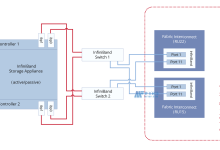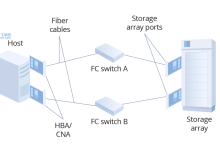?
linux BLE programming, short for Bluetooth Low Energy programming, is an emerging field of study. As the Internet continues to evolve, Bluetooth Low Energy and its wireless programming capabilities become increasingly important to understand. The purpose of this article is to provide a overview of the potential benefits of Linux BLE programming and how to get started.
Linux BLE programming is becoming more popular as Bluetooth Low Energy (BLE) technology is becoming more prevalent. BLE provides a connection between devices without the need for wires, making it a viable solution for many applications. Programming for BLE using Linux is an open source system which can be used to create powerful applications. From mobile and IoT devices to robots, BLE is making a huge impact in the world of technology.
For those looking to unlock the potential of Linux BLE programming, the first step is to learn about the various tools and libraries available. Linux BLE programming libraries such as Bleno-Node and Espruino are popular ones. Bleno-Node is an open source Bluetooth Low Energy node-based development platform, while Espruino is a custom oscillator-based development platform. Both of these libraries provide fast and reliable Bluetooth Low Energy communication.
In addition to these libraries, there are also Bluetooth Low Energy hardware such as shields and chips that allow developers to get up and running quickly. The BLE Nano board, for example, is a great starting point as it has numerous features and compatibility with many BLE chips.
Once you have the necessary tools and libraries, it is time to write code. The basic syntax and structure of the language should look familiar, since Linux BLE programming is based on JavaScript. As you learn the language, there are certain aspects to be aware of such as ensuring that the code is platform-agnostic. Many of the standard BLE libraries and software tools are available for Linux devices, so it is worth doing some research to see what is available.
In addition to writing code, Linux BLE programming involves debugging and testing code. Debugging is important so that any errors can be identified and quickly fixed. The most efficient way to debug is through logging, which helps identify issues and pinpoint their causes. Testing involves ensuring that the code is performing as expected. This includes writing automated tests to ensure that expected results are achieved.
With the necessary knowledge and experience of Linux BLE programming, developers can unlock the potential of this powerful tool. By taking advantage of the open source libraries and software tools, developers can quickly and effectively build robust applications that utilize the power of BLE.

 国外主机测评 - 国外VPS,国外服务器,国外云服务器,测评及优惠码
国外主机测评 - 国外VPS,国外服务器,国外云服务器,测评及优惠码









